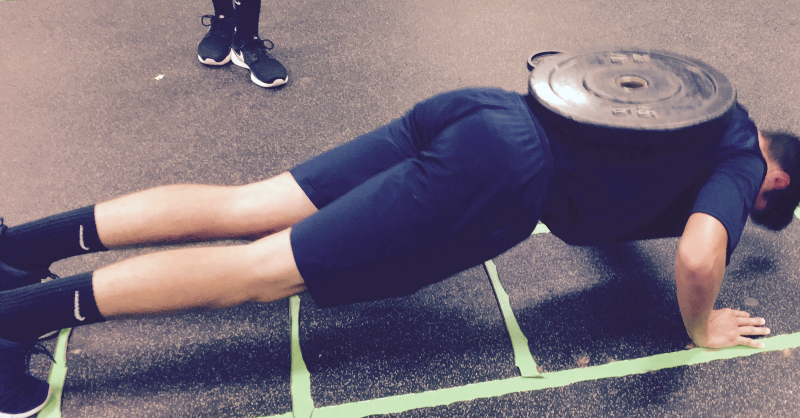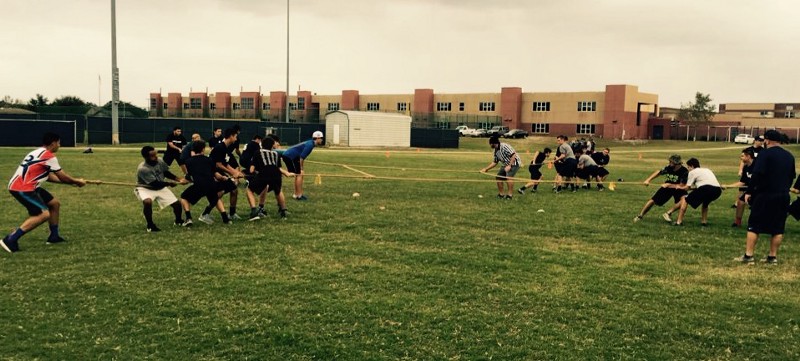Today, we may be witnessing the beginning stages of the slow and insidious decline of high school baseball into irrelevance, and the much more obvious transcendence of travel baseball into the forefront, taking a greater foothold in the high school ballplayer’s competitive calendar. In some regions, travel baseball has long since swallowed summer legion baseball. And, in other regions, high school “prospects” (legitimate or not) have started choosing to play travel baseball over participating in their high school’s fall program, as the fall too has become prime time for exposure.

While travel ball has many inherent advantages — such as enhanced exposure to collegiate scouts in more centralized events — most high school coaches would agree that they don’t want to see it balloon at the complete demise of high school athletics – a place where teamwork, development, camaraderie, and winning still take precedent over individualism and player rankings. For players (and the many high school coaches who also take part in travel ball), the travel circuit does carry merit. But, so too does the high school scene, which can often get lost on athletes and parents who narrow-mindedly run the rat race toward National Signing Day each year.
In my four years of high school I went from cut to captain — but not without learning some of the greatest life lessons imaginable. I can’t begin to think of a high school experience or a baseball career for myself without high school ball being a part of it, and that includes the summer and fall leagues with my high school teammates.
Unfortunately, high school baseball has lost relevance due to the draw of collegiate and professional scouts to travel ball events. No matter how you square it up, high school players want exposure, and recruiters want to see lots of talented players in one place.
As a player I happened to bear witness to the downfall of “American Legion” in Florida. Most kids today probably won’t even recognize those words.
As a coach I saw many kids break the news to their coach that they would not be participating in the fall program, as they would be traveling with an “elite” or “prime” squad.
I fear where this trend may be heading; amateur players opting out of their high school baseball program altogether (spring included) choosing instead to get their education through virtual classes while attending travel ball “academies” each day. This isn’t fiction, either – it is already happening, more often than you might think. Players and parents now have the leverage and escape routes to threaten leaving their current high school when they’re unhappy with the coaches, the team’s exposure and success, or their teammates. The times have changed; players can transfer more easily now. And, thanks to facilities opening up that are funded by big time travel organizations, and the availability of virtual school, student-athletes can now position themselves as athlete-students, and have the means to justify this paradigm shift – “There’s always travel ball.”
So, how do we keep these kids in high school baseball? We certainly can’t control the amount of exposure they get — “next-level” coaches will go where they want.
The answer isn’t to fight travel baseball either. In fact, the answer may just be the opposite — make the two complimentary; let travel baseball give the players much of the exposure they’re seeking, while instead setting our eyes on an entirely different mission for high school baseball :
Providing the best player development possible.
This means more than just practice and instruction, since you can get this just about anywhere. It means taking development one step further by committing to the development of an adequate strength and conditioning program as well.

Here’s why legitimizing high school strength training can keep kids excited about participating in high school baseball:
#1 — It Can Provide Something That Many Travel Programs Can’t
There are quite a few travel ball organizations that have the resources to provide a training facility for their players. But, the majority of these programs can’t provide this. Even those that can usually only have the means to practice baseball skills, not truly train their athletes physically in a weight room.
Conversely, many high schools, especially those in highly-competitive regions, possess cages, fields, and most importantly, weight rooms. This is a competitive advantage for high school over travel ball organizations.
Most high schools can offer what many travel ball organizations can’t (as of right now), which is a one-stop-shop for player development.
If a high school hires a motivated coach who can bring in a caring and talented staff that is willing to seek outside help and learn, there is no reason why they can’t have what most travel teams don’t — adequate strength training.
#2 — It Can Provide Training at a Bargain Price
Most high school coaches are vastly underpaid, yet they are some of the most passionate, focused, and character-driven people in athletics. This passion drives them to provide their players with the best coaching they’re capable of, despite little monetary incentive.
Even if a substantial strength training knowledge-base could be obtained by a high school coach, it wouldn’t pay any more in terms of money. But, when done right, adding strength training shouldn’t take up any more of a coach’s day, thus not “costing” them any more. In other words — strength training can and should be considered part of practice-time.

One could argue that an hour’s worth of strength, power, and/or mobility in the weight room could make just as much of a difference in a high school ballplayer than an hour of skills work on the field. Thus, sacrificing an hour of practice for an hour of training three times per week is really no sacrifice at all, especially when it is worked in appropriately during the right times of the year.
This means that the players will be getting strength training on top of practice and games for the same “price” each high school season, since strength training is “part of practice-time” — and this is a steal compared to the cost of an individual player getting personal training or outside strength training. The infrastructure is there for many schools (i.e. weight room), it just takes some proactivity to find someone willing to use it properly.
This “bargain” and all-inclusivity can be a major selling point for players on the fence about participating in, say, their high school’s fall baseball program versus exclusively playing on the travel circuit.
#3 — It Can Prepare Players for the Next Level
Although collegiate and professional players can get outside training during parts of the offseason, when it’s time to be with the team, that’s exactly who they train with.
If a high school player is serious about playing at the next level — and thriving at the next level — they’re going to have to come to grips with training alongside their teammates and making the most of their training program.

If a high school doesn’t hire a full time strength coach, it’s easy for a high school baseball coach to throw his hands up in the air and say, “oh well” while his players find reasons to not be a part of the high school team for certain stretches of time each year.
Similarly, if a high school coach takes it upon himself to install a training program without any true knowledge acquisition, a player shouldn’t be subjected to abhorrent training.
But, if a high school coach deals with the circumstances he’s given by taking the initiative to find the resources and means to provide his team with proper and safe training, there’s a better chance for player retention in the high school game.
Better yet, if the administration sees the true value of hiring a strength and conditioning professional to work with their athletes, there’s an even greater chance of retaining a kid’s pride in his high school’s athletic department and his community.

Leave a comment